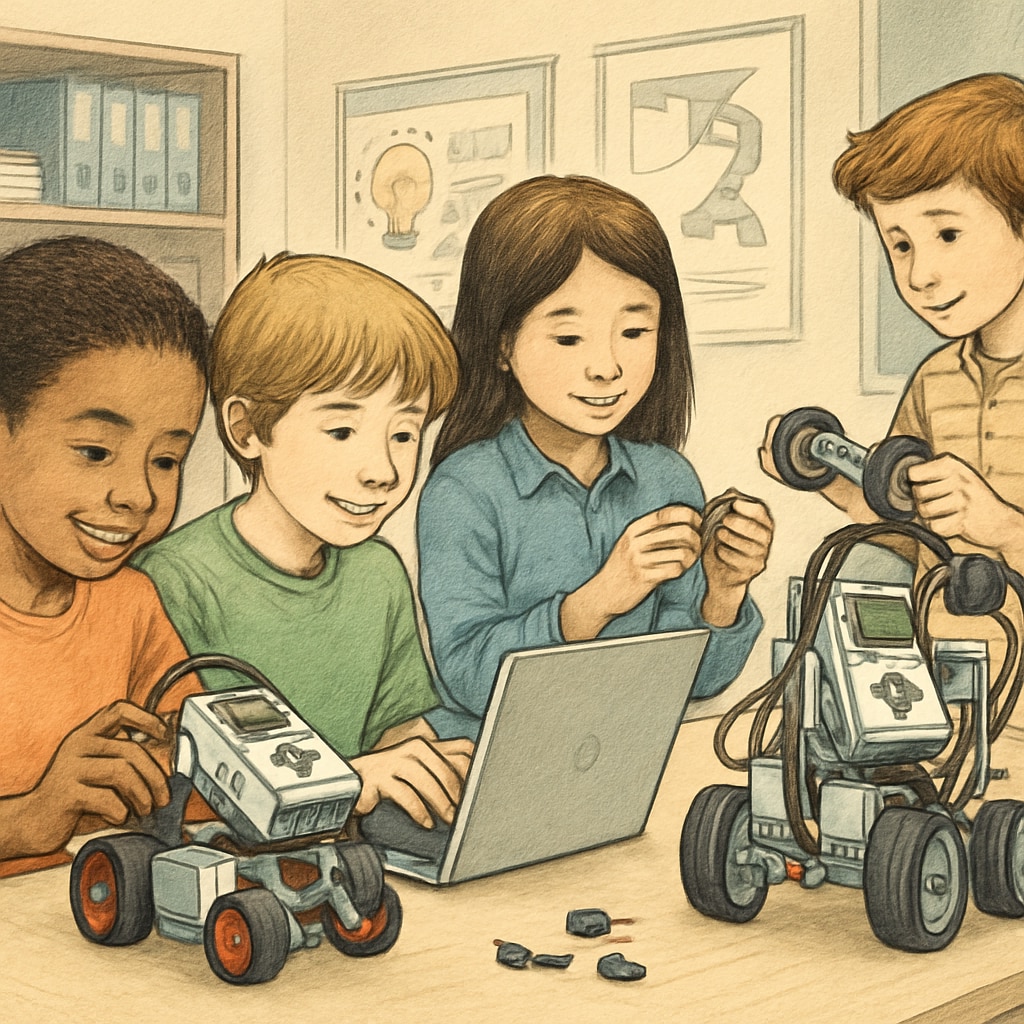When children achieve outstanding academic results, they often surpass the pace and depth of traditional classroom learning. For parents, this creates an exciting yet challenging opportunity: how can you provide appropriate educational challenges to ensure your high-achieving child continues to thrive? Strategies such as evaluating the feasibility of grade skipping, accessing diverse educational resources, and creating a balanced learning environment can help unlock their full potential.
Understanding the Needs of High-Achieving Children
High-achieving children often exhibit advanced critical thinking, creativity, and curiosity. However, their unique needs require tailored approaches to keep their learning meaningful and engaging. Without sufficient challenges, these children may lose interest or even underperform due to boredom. Therefore, it becomes crucial for parents and educators to identify areas where additional stimulation is needed.
One effective way to begin is by assessing your child’s strengths and weaknesses. Standardized assessments, teacher evaluations, and even extracurricular achievements can offer insights into their capabilities. Once strengths are identified, parents can focus on providing opportunities to deepen knowledge and explore interests.

Is Grade Skipping the Right Choice?
Grade skipping, or acceleration, is often considered for children who outperform their peers academically. While this option can be highly beneficial, it’s not a one-size-fits-all solution. Before making this decision, parents should carefully weigh the academic, social, and emotional implications.
Here are some factors to consider:
- Academic readiness: Is your child consistently excelling in their current grade-level material?
- Social maturity: Can your child adapt to interacting with older peers in a new grade level?
- Emotional resilience: How does your child handle challenges and setbacks?
Consulting with teachers, school counselors, and educational psychologists can provide valuable guidance. In some cases, partial acceleration—such as advancing in specific subjects—might be a balanced alternative to full grade skipping.
Leveraging Diverse Educational Resources
Beyond traditional classroom settings, there are countless educational resources available to support high-achieving children. These resources can foster deeper learning and introduce your child to new areas of interest.
Consider these options:
- Online learning platforms: Websites like Khan Academy and Coursera offer advanced courses in various subjects.
- Local enrichment programs: Community centers and museums often host workshops for gifted students.
- Competitions and clubs: Science fairs, math olympiads, and debate teams can provide intellectually stimulating environments.
Additionally, parents can explore mentorship opportunities, where professionals in fields like science, technology, or the arts guide children in their areas of interest. These experiences not only deepen knowledge but also inspire future aspirations.

Creating a Balanced Learning Environment
While academic achievement is important, it is equally vital to ensure your child’s overall well-being. Overloading high-achieving children with challenges can lead to burnout and stress. Balance is key.
Here are some ways to create a supportive environment:
- Ensure your child has time for hobbies and physical activities.
- Create opportunities for social interaction with peers of similar interests.
- Encourage unstructured play to foster creativity and relaxation.
Moreover, maintaining open communication with your child is essential. Regularly check in to understand how they feel about their academic workload and challenges. Adjust their learning path as needed to ensure both progress and happiness.
Conclusion: Empowering High-Achieving Children
Providing appropriate educational challenges for high-achieving children is a delicate balance of stretching their abilities while supporting their overall development. By evaluating options like grade skipping, leveraging diverse educational resources, and fostering a balanced environment, parents can help their children reach new heights. Remember, the ultimate goal is not just academic success but nurturing a lifelong love for learning.
Readability guidance: Short paragraphs, clear transitions, and actionable insights make this article easy to navigate. Lists are used to organize ideas, and external links provide further resources for interested readers.


